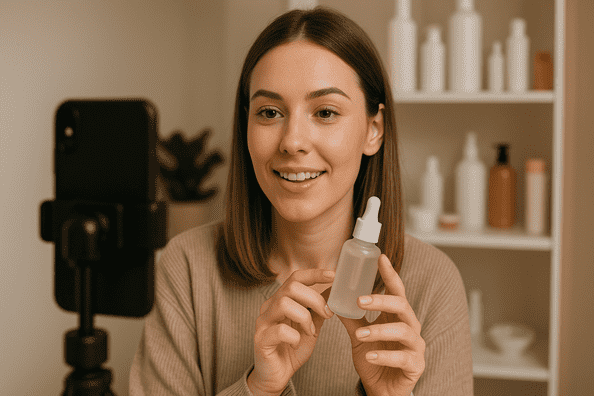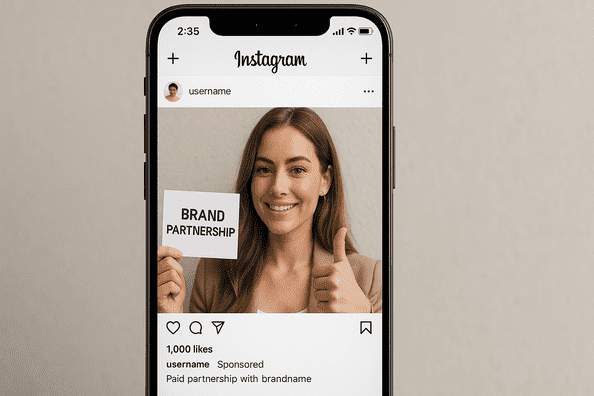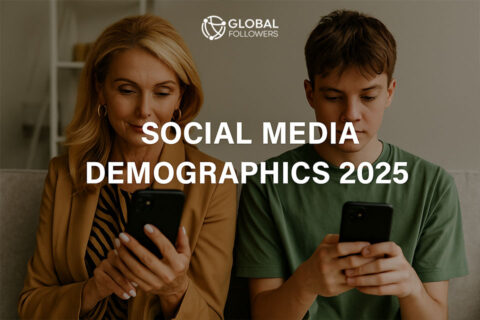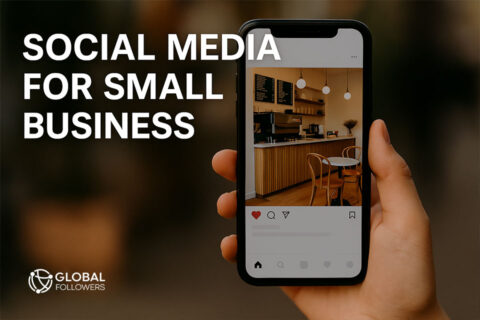Influencer marketing isn’t new but it’s evolving fast. In 2025, we’re witnessing a shift away from celebrity endorsements and mega-reach campaigns toward more focused, trust-driven strategies. At the heart of this shift are nano and micro influencers, the new power players of digital authenticity.
If you’re wondering why this matters, or which brands that work with nano influencers are succeeding today this guide breaks down the numbers, the nuance, and the strategy behind going small to win big.
- Understanding Nano and Micro Influencers
- The Benefits of Micro-Influencers: Why Going Small Works
- Real-World Success: Brands That Work with Small Influencers
- Nano Influencer Brand Deals: Personalized, Nimble, and Real
- Why Micro Influencers Are Better In Some Cases
- Boost Your Social Media 🚀
- What Is the Downside of Using a Micro or Nano Influencer?
- Final Thoughts: The Future Is Personal, Not Promotional
Understanding Nano and Micro Influencers
Before diving into tactics, it’s essential to define the difference.
- A nano influencer typically has between 1,000 and 10,000 followers.
- A micro influencer ranges from 10,000 to 100,000 followers.
In the growing debate around nano vs micro influencer performance, it’s not about one being better than the other it’s about knowing what each brings to the table. When comparing nano influencer vs micro influencer capabilities, nano influencers often offer ultra-targeted engagement, while micro influencers provide broader reach while maintaining authenticity.

The Benefits of Micro-Influencers: Why Going Small Works
There’s a reason more brands that will work with micro influencers are investing long-term.
- Higher Engagement Rates : Smaller audiences mean tighter communities. One of the key benefits of micro influencers is that their followers aren’t just passive they comment, share, and trust. Whether they’re promoting niche products or growing their TikTok Followers organically, micro creators build real conversations.
- Cost Efficiency : Micro influencers typically charge less than macro creators, making them ideal for small brands that work with micro influencers or startups with limited budgets.
- Authenticity Over Polish : Influencer fatigue is real. Audiences are tuning out polished ads. The benefits of using micro influencers include raw, relatable content that feels less scripted and more human.
Real-World Success: Brands That Work with Small Influencers
Increasingly, we’re seeing brands that collaborate with small influencers outperforming their larger-budget competitors. Whether it’s indie skincare startups, local fashion labels, or niche fitness products, brands working with micro influencers gain visibility in the communities that matter most.
Big players like Glossier, Mejuri, and Gymshark are known as brands for micro influencers, but smaller companies are also jumping in. You’ll find brands that work with small influencers on platforms like Instagram, TikTok, and even Pinterest building long-term partnerships not just one-time promotions.

Nano Influencer Brand Deals: Personalized, Nimble, and Real
It’s not just about micro. Many brands that will work with small influencers are starting even smaller, forging nano influencer brand deals that drive meaningful ROI.
Why? Nano creators often generate the highest engagement of any tier sometimes up to 8–10%. They’re seen as “one of us” rather than “paid to post,” and this intimacy leads to greater brand trust.
Why Micro Influencers Are Better In Some Cases
Wondering why micro influencers are better than their celebrity counterparts? It boils down to three things:
- Trust over trend
- Community over clout
- Influence over impression
They’re not here for the one-off. They’re here for the long run. That’s why brands who work with micro influencers often invest in repeated campaigns, turning creators into brand advocates.
Boost Your Social Media 🚀
Grow engagement fast, safe, easy, and effective!
Explore GlobalFollowers ServicesWhat Is the Downside of Using a Micro or Nano Influencer?
Of course, there are trade-offs.
- Limited Reach: You may need to partner with more creators to match a macro campaign’s reach.
- Time Investment: Coordinating multiple small partnerships can require more hands-on management.
- Inconsistent Quality: Not all creators have the same level of content polish or professionalism.
But for many brands, these challenges are outweighed by the deep, lasting impact small influencers can offer.
Final Thoughts: The Future Is Personal, Not Promotional
As influencer marketing continues to mature, the most impactful campaigns are moving from staged promotions to real relationships. In 2025, small influencers represent the bridge between brands and trust.
The way we interact with digital platforms is rapidly evolving and at the center of this evolution is augmented reality in social media. In 2025, AR i...
AI social media manager tools have become essential in 2025 as brands and creators shift from simply staying active to staying strategically ahead acr...
Whether you’re a startup seeking your first partner, or an enterprise optimizing your influencer ROI, now is the time to look small. The benefits of micro-influencers from cost efficiency to authentic engagement make them a core asset in the modern marketing toolkit.
So if you’re exploring brands that work with nano influencers, or planning to become one yourself know this: scale doesn’t start big. It starts smart.




No comments to show.